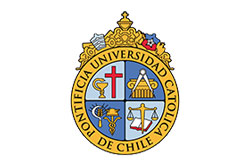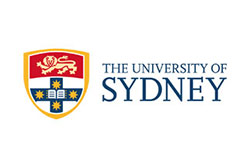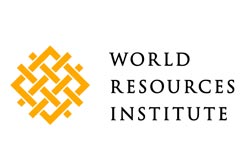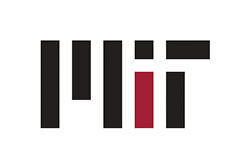Cities development is a multidisciplinary problem. It involves many actors and it faces a lot of problems. There are economics, social, cultural and environmental matters to solve, so it is natural to think that the proposals may be complex. Considering that, United Nations (UN) in 2016 hosted a conference on Housing and Sustainable Urban Development (Habitat III), in which all members committed to prioritize action in this matter. To provide an action framework for authorities, UN published the main topics of Habitat III in the New Urban Agenda (NUA).
The NUA takes five groups of strategies to guide a sustainable development: (1) National Uban Policies, (2) urban legislation, rules and regulations, (3) urban planning and design, (4) urban economy and municipal finance, and (5) local implementation. To set down a local plan to achieve those goals, within Latin America and the Caribe, the Economic Commission for Latin America and the Caribbean (ECLAC), organized the “Cities Conference” in Santiago the last month. At this conference, experts, authorities and private actors discussed strategies for its implementation and monitoring.
Representing the Pontificia Universidad Católica de Chile, Juan Carlos Muñoz, our Director, presented the main challenges of Santiago’s Public Transport System, Transantiago. He showed his work done in CEDEUS in collaboration with Pablo Beltrán, Antonio Gschwender y Daniel Schwarz, in which they attend issues to improve bus concession contracts. You can access this document on CEDEUS website.
To understand the next steps, we asked Juan Carlos about the challenges to accomplish implementation of the NUA:
What are the main challenges and the lines of action for the implementation of the urban mobility agenda?
I understand the urban mobility agenda as a series of challenges that allow, those who reside in our cities, to be able to satisfy their needs through movements that are sustainable in urban development. A key element is that the planning of the transport system is carried out in an integrated way with the planning of the land use. This allows the city to require a set of movements of a moderately rational nature in order to function. Santiago (and many other cities) is sick of too many trips, too long, for which it is difficult to provide an adequate transportation system. It is also necessary to redefine the distribution of road space prioritizing sustainable modes of transport: non-motorized and mass public transport. This requires to confront the motorists explaining that the space in roads and parking for them must be reduced. It is crucial that sustainable modes of transport must provide a level of service substantially superior to that observed in Santiago now. The sidewalks should be much better, the pedestrian spaces more abundant, the bikeways much better designed. The intermodality should be placed at the center of the travel experience, the mass transport should offer better comfort conditions and in the case of the buses also reliability. To face these challenges it is necessary to have a metropolitan transportation authority, that allows decisions that benefit the city as a whole. This requires stop thinking with a focus on the benefit of a specific sector of the city or a particular mode.
What would be your next steps after this Conference?
My position as professor of public transport for the University and as Director of the Center for Sustainable Urban Development and the Center of Excellence in Bus Rapid Transit, obliges me to be informed about the processes associated with public transportation in Santiago. Thus, I am often involved in different events in which I am invited to offer my perspective on the entire process, its shortcomings, its achievements, etc. Other times I have to present more specific elements of how to improve public transport systems. I have just arrived from the United States Public Transportation Exhibition in Atlanta where we were able to show the developments that we have made in tools that allow us to improve the regularity of bus and tram systems. Next month I am going to Lima to a conference organized by the CAF, where I will be able to meet with the transport authorities of the continent. And in this minute, we are thinking about the Mobilize conference 2018 that will be in Dar es Salaam, the capital of Tanzania where we have been invited to participate in the design of the program. About to improve Transantiago, Professor Juan Carlos Herrera took the leadership of the group of professionals who worked with me inside the DTPM. They have designed tools that allow identifying where the main problems are in the operation of buses, the main bottlenecks, and then, based on field visits, careful modeling and a lot of wit and discussion, to improve the operation of bus services one by one.












